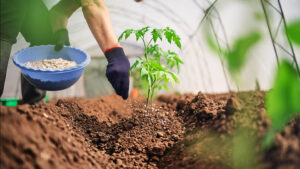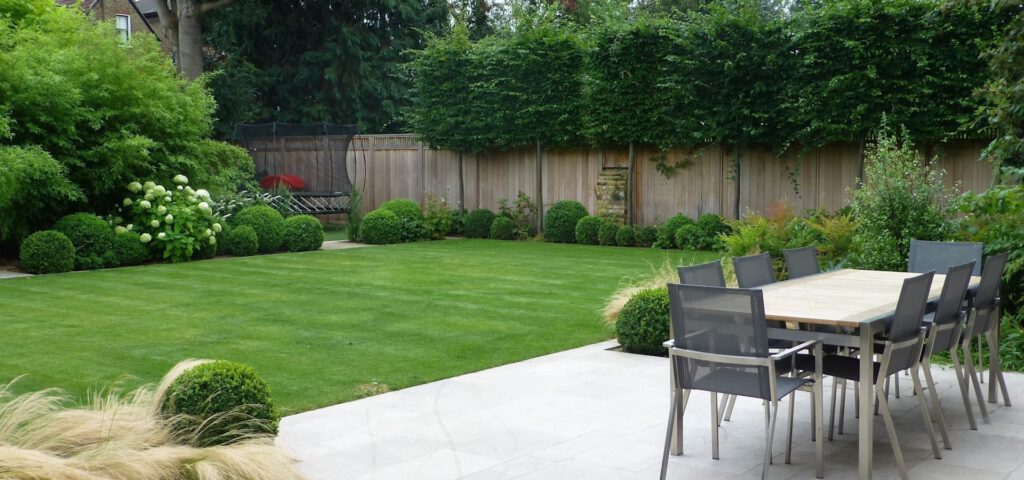If you want your plants to live long and healthy lives, you must learn how to take care of them. Whether you grow your food, buy organic produce or plant seeds, it is important to care for your plants properly. This means checking for signs of disease and pests and treating them promptly. Pests can be treated with insecticidal soap or a fungicide. Infected plants should be destroyed. To reduce the risk of disease and pest infestations, you should rotate your crops to avoid taxing the soil’s nutrients. You can also find useful advice from local nurseries or extension offices on the specific plants that grow in your area.
Watering

A rain gauge can help determine how much water to apply to your soil. Use this tool to check the soil moisture level in your garden every few weeks. In hotter climates, you may need to water more frequently. It’s also a good idea to check your soil moisture levels at least twice a week.
Watering your garden correctly can make all the difference between healthy and diseased plants. To avoid disease, it’s best to water in the morning, as the foliage is less likely to be wet. If you’re watering at night, you’ll risk leaving your plants wet until the afternoon. Also, be sure to water the root zone, as wet leaves create an environment for disease.
To ensure consistent watering, set a timer. The timer can be set to the right time for each location and season. You can easily put it to water your garden even if you’re away. Using a soaker hose won’t have to worry about watering your plants at night. Even teenagers can figure out how to water their garden.
The RHS recommends watering your garden in the morning before the sun heats the soil. Watering during this time will encourage plants to use water and discourage pests such as slugs and snails. In addition, early morning watering also keeps foliage drier, discouraging the growth of mildew disease and fungus.
Pruning

Pruning is an important part of maintaining your garden. It can help your plants become stronger and more attractive. Pruning also creates room for new, healthy growth. Whether you’re pruning shrubs, trees, or flowers, pruning them once a year will keep them healthy and beautiful.
Pruning changes the shape of plants and helps prevent damage from insects and diseases. Pruning your garden is best done in late winter or early spring, after the plant’s dormant period is complete. Make sure to remove dead, diseased, or overgrown branches. Dead branches can collapse and cause harm. Overgrown trees can also damage the exteriors of buildings.
Pruning should be done on mild, dry days. Cold temperatures can damage pruning cuts and encourage the spread of waterborne plant diseases. Also, avoid pruning on days when the temperature is below freezing. Freezing temperatures can cause pruning cuts to scab. Make sure to prune off diseased or dead branches before trimming off any healthy branches.
Pruning is a very important part of gardening. Not only does it improve the shape and health of your plants, but it also keeps the area around them safe. Proper pruning encourages new growth from the branches. This is especially helpful for landscaping. If you want to achieve a natural look, you can learn the basics of pruning.
Some shrubs require frequent pruning. Shrubs such as gardenias and peonies usually bloom late in the spring. It’s best to prune them after their flowering period to prepare them for next year. Alternatively, you can prune a shrub’s branches to prepare them for the winter.
Fertilizing

However, fertilizer can have a negative impact on the environment if it is used excessively. Excess chemicals can leach out oxygen and cause a dead zone. Residual chemicals can also harm wildlife and humans. For this reason, you should be careful when fertilizing your garden.
Fertilizing your garden should begin two weeks after planting. For some types of plants, you may need to fertilize them more often than others. Some plants, like annual corn, have a second growth spurt later in the season, and they need more fertilizer than other plants. On the other hand, long-season plants, such as tomatoes, need a small amount of fertilizer at planting and another, larger application at the start of the new growing season.
Before purchasing fertilizer, you should have your soil tested. This is a very inexpensive process that requires little effort. The test will determine the soil’s pH, which is essential for the health of your garden. The soil’s pH indicates the number of nutrients needed by plants. A soil test will help you determine whether your soil is acidic, alkaline, or neutral. It will also give you a better idea of which fertilizer to buy.
Once you have a good idea of the best fertilizer, you can begin fertilizing your garden. It’s very important to follow the recommended amount and schedule. For example, if you plan to transplant plants, mixing three to six inches of dry fertilizer into freshly tilled soil is important. You can double or triple that amount of fertilizer if you use a more organic blend. You can also mix compost into the soil if your soil is sandy.
Pest control
 Pest control is important for the health of your plants. While you can’t eliminate these insects, you can use various natural and effective methods to protect your plants. The first step is to identify the problem and plan effective control strategies. This includes using beneficial insects that feed on harmful pests. These insects include ladybugs, lacewings, soldier beetles, tachinid flies, and parasitic wasps.
Pest control is important for the health of your plants. While you can’t eliminate these insects, you can use various natural and effective methods to protect your plants. The first step is to identify the problem and plan effective control strategies. This includes using beneficial insects that feed on harmful pests. These insects include ladybugs, lacewings, soldier beetles, tachinid flies, and parasitic wasps.
It’s important to remember that pests can carry harmful diseases to your plants. These insects can infect your flower or vegetable plants, and many are contagious, which means they can spread the disease all over your garden. To reduce the likelihood of having a pest problem, consider using organic pesticides. A professional landscaper can also guide you on how to apply pesticides that are safe for your garden.
Another natural method for controlling pests is by using a variety of repellents. The more repellents you use, the less likely pests to invade your garden. Keeping your garden clean and debris-free is also a great way to deter pests.
Another way to control pests in your garden is to interplant your crops. Interplanting different varieties of plants will confuse the pests. This method can be very useful for lettuce and other crops. It also works well for beets and beans. However, you’ll have to periodically check the plants to make sure they’re free of pests.
Another natural method for controlling garden pests is to use borax powder. This powder is very effective against insects that crawl on plants. The borax powder is soft to the touch, but is razor sharp to insects. It can be sprinkled on the leaves or flowers of plants to protect them from crawling insects.
Weed control

If you have a large garden, you can use cover crops. These crops can help prevent weed growth by releasing toxins and natural growth inhibitors. You can also use a drip irrigation system or soaker hoses for individual water plants. You can also use container watering systems.
Shredded paper is another effective weed control method. To apply this method:
- Wet the paper before applying it to your garden.
- Layer the shredded paper in layers of two inches.
- Cover it with biodegradable mulch. This method will help you keep weeds at bay without spending a fortune on chemicals.
Another option for weed control in your garden is using post-emergent herbicides. These prevent weeds from sprouting and will kill the weeds before they even start to grow. However, you should remember that applying these products at the right time is essential, as they are not effective if used too early or late. It’s also important to follow all label directions carefully. You can consult your local extension office to ensure that you’re getting the best results from your herbicides.












